Many save on basement insulation. Like, why insulate a room in which no one lives anyway? However, just warming in the future will save you from unwanted expenses and hassle.

When it’s warm in the basement, it’s warm in the house. In a non-insulated basement, the ceiling will allow heat to pass from the first floor. As a result, the ice floor will have to be additionally heated.

Warming will protect from moisture. A damp room is an excellent shelter for fungi, harmful bacteria and larger animals. For many years, many owners cannot understand why the house smells bad and where did the cockroaches come from. By warming the basement, you will make the whole house stronger. The large difference in temperature and humidity in the rooms is the reason for the deformation of the walls and the destruction of the foundation.

Perhaps the most pleasant: the insulated basement can be conveniently equipped. Make yourself another room, gym or billiard room. The basement can be the perfect place for your personal library.

How to insulate the basement?
In the basements they insulate walls, floors and floors. Work with each element has its own characteristics. We will not delve into the process, we will talk about the main nuances. It can be insulated from the inside, outside and from two sides. The easiest way is inside, but then outside the walls will freeze. If you do not get high-quality waterproofing, condensation will appear. With it, any insulation is useless.

Before warming the surface should be carefully leveled. Close up all the cracks. Clean the walls with fungus and bacteria products.
Take care of ventilation and waterproofing. It is possible to lay the insulation only after making sure that all the preparatory work is done qualitatively.

How to insulate the basement:
Polyfoam - cheap, easy, durable; does not pass moisture and does not decay. But there is one significant minus - it burns. Do not use styrofoam if your home is poorly protected from fire.Expanded polystyrene - like polystyrene, only better; therefore more expensive. Stronger foam and easier to handle. Does not crumble when cutting;
Polyurethane foam makes the room completely airtight. It does not leak moisture, does not deteriorate, and most importantly - it does not burn. It is applied by spray as a spray, therefore it penetrates into the most inaccessible places and clogs all the cracks. If you decide to insulate with polyurethane foam, invite the master: it is extremely difficult to cope with it yourself;
Mineral wool is a durable material with excellent sound insulation. It does not burn, but it gets wet. When absorbed, it stops holding heat. Therefore, it is suitable only for rooms with perfect waterproofing;
Expanded clay perfectly protects the foundation from the outside. Suitable for floor insulation in the basement.
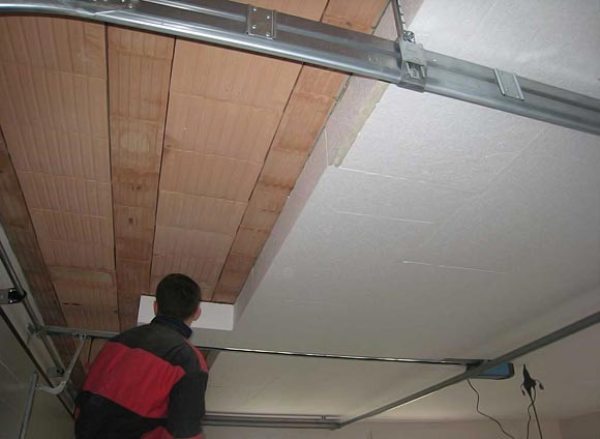
The method and material of basement insulation are selected individually for each case. Insulate the house from the inside or outside. Do it yourself with your own hands is not easy, but real. Level surfaces, get rid of cracks and cracks, apply waterproofing and lay a heater. If you insulate from the outside, it is necessary to install waterproofing on both sides, and also - do not forget about drainage. High-quality insulation will protect not only the basement itself, but also your entire home.


-
 The main sources of heat leakage from the house
The main sources of heat leakage from the house
-
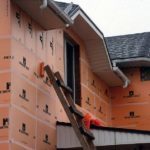 The technology of facade insulation with foam
The technology of facade insulation with foam
-
 Is insulation at home effective outside
Is insulation at home effective outside
-
 The main mistakes in home insulation
The main mistakes in home insulation
-
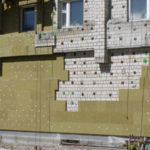 Technology of insulation of facades of mineral wool
Technology of insulation of facades of mineral wool
-
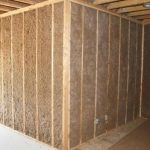 Frequent mistakes when warming a house, places where cold seeps
Frequent mistakes when warming a house, places where cold seeps
-
 How not to waste money by warming the loggia
How not to waste money by warming the loggia
-
 The better to insulate the facade of the building
The better to insulate the facade of the building
-
 Warming of a balcony: in what cases will it be useless?
Warming of a balcony: in what cases will it be useless?
-
 Why stingy after warming the walls from the inside
Why stingy after warming the walls from the inside
-
 Is it possible to insulate a balcony without losing usable space?
Is it possible to insulate a balcony without losing usable space?
-
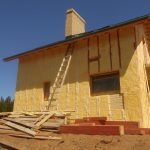 What kind of insulation do you spend money on?
What kind of insulation do you spend money on?
New publications are published daily on our channel in Yandex. Zen
Go to Yandex. Zen


